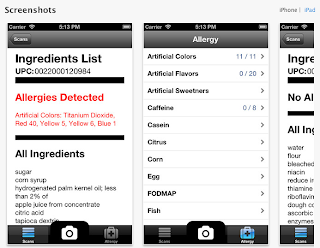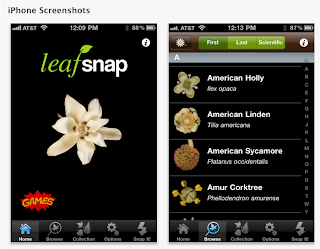We had so much fun last week at our food allergy roundtable event
that we wanted to do a short recap post. In addition, we also wanted to thank
all of our participants for asking great questions and adding to the
conversation as well as
The Skinny Chef, Jen
Isherloh for bringing the “chefs” perspective on dining out with food
allergies.
Here are the three main take-aways from the event:
1)
It’s
important to have a plan in place when dining out at restaurants if you have
food allergies
The main topic of the food allergy roundtable event was to
educate people on how to dine out safely in restaurants if you have food
allergies. While it’s our hope that restaurants have a protocol in place to
properly serve someone with food allergies, this is not often the case. For
that reason, we are big proponents of mapping out a strategy for patients that
have food allergies, especially life-threatening ones.
- Know your restaurant
- Communicate with everyone, but start at the top
- Make sure that the dish that arrives is YOUR
dish
- Beware of hidden allergens
2) It’s important to
know how to use an EpiPen
We’ve all heard of an “EpiPen” but now it’s time to answer
some questions around the device. Here’s why you need to use it, when to use it
and finally how to use it.
The reason why you’d need to use an epipen is incase you go
into anaphylactic shock.
According to
epipen.com, “Anaphylaxis is a
life-threatening allergic reaction that can occur quickly (as fast as within a
couple of minutes). Symptoms of a life-threatening allergic reaction
(anaphylaxis) vary, but can include hives, itching, flushing, and swelling of
the lips, tongue, and roof of mouth. Other more severe symptoms include
shortness of breath, throat closing, vomiting, diarrhea, abdominal cramping,
etc.”
Even if you don’t have food allergies it’s important to know
how to administrate an epipen injection, as you never know when you might be in
a situation when you are asked to administer a shot for someone. It’s actually said that about 20% of the time
an epipen is used, the shot is given by someone else, and not the person who
it’s prescribed to.
Here’s are a few tips on how to properly use an EpiPen:
- Make sure you have a “live” or full EpiPen.
- Remove blue cap at the top of the pen
- To hold the epipen properly, grab it as if you
were holding a bar, so that both your fingers and thumb are wrapped around the
device. Do not put your thumb on the top of the device.
- When you are ready, stick the epipen into the
outer or lateral thigh region of the body and hold for 10 seconds. This is very
important because you want to ensure that all the liquid from the pen gets
injected into the body.
- Don’t worry about removing clothes. The epipen
will penetrate through the clothes as long as they are tight to your skin.
3) Having a “gluten
allergy” is a misnomer
Here’s why: While we could dedicate a whole post to this
topic, the main point we want to share is that considering gluten as an allergy
(or allergen) is a misnomer. Not being able to digest gluten is really an antibody
mediated inflammatory response, which is different than typical allergies.
If your system truly can’t tolerate gluten, then you have
the disease that is called Celiac disease. Celiac disease is a disorder that
hurts the inside lining of the small intestine and inhibits it from absorbing
parts of food that you need to maintain a healthy lifestyle. The damage is a
result of a reaction to eating gluten.
The test for identifying Celiac disease isn’t always
conclusive however and this is where the grey area happens. From an allergist’s
perspective, we believe that there are some people who do not fit the standard
criteria for Celiac Disease, however they are still gluten sensitive.
If you think you have Celiac disease, we’d recommend
visiting a Primary Care or GastroenterologistIf after that you are still looking for
answers, then come and visit your local
Tribeca
allergist. Together we will try to look for an answer and see if there is
actually a gluten allergy.
To learn more about food allergies visit our
website: www.hudsonallergy.com






